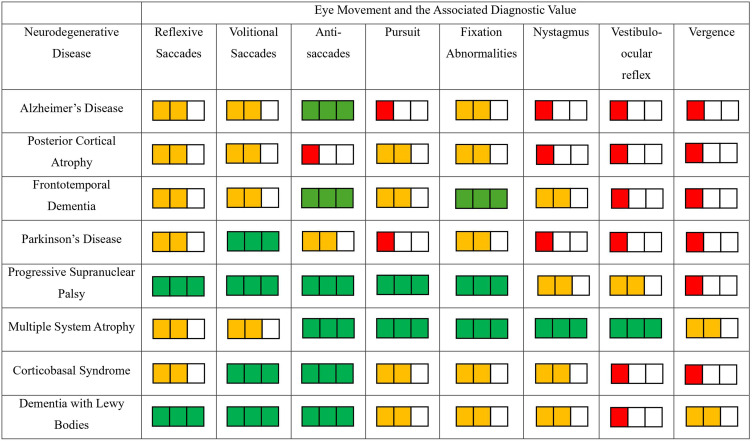Clinical highlights – May 2024
We are thrilled to inform you about the clinical benefits of eye tracking. Every month, we keep you updated on the latest news shared by the scientific community.
The current newsletter will emphasize the latest research about Progressive Supra Nuclear Palsy (PSP), in an attempt to echo CurePSP month of awareness. We want to express our admiration for the researchers who are enhancing the lives affected by PSP.
Enjoy the reading!
The neuroClues® Team
Progressive Supra Nuclear Palsy
PSP is an extrapyramidal syndrome in which the patient often experiences imbalance, falls and dysarthria. Assessing Progressive Supranuclear Palsy typically involves a combination of clinical evaluation, medical history analysis, and neuroimaging techniques. Clinical features such as supranuclear gaze palsy, postural instability, and early falls are key diagnostic criteria. The main challenges in PSP assessment include the similarity of its symptoms to other neurodegenerative disorders like Parkinson’s disease, making accurate diagnosis challenging in the early stages.
Eye movement analysis offers a high clinical utility while being supported by the most scientific evidence.
More information can be found on our science webpage
Brain FDG-PET correlates of saccadic disorders in early PSP
Researchers from Marseilles have investigated the metabolic brain correlates of ocular motor dysfunction using [18F] Fluorodeoxyglucose Positron Emission Tomography (FDG-PET) in early PSP.
Based on thirty-seven patients with early PSP, they found a decrease in the gain of vertical saccades correlated with reduced metabolism in Superior Colliculi (SC).
These results can contribute to the development of prodromal disease biomarkers and help providing reliable measures of disease progression for the purpose of clinical follow-up or pharmacological trials.
These findings suggest the early involvement of Superior Colliculi in saccadic dysfunction in the course of PSP”
Pin et al. in J. Neurol 2023
Detecting Abnormal Eye Movements in Patients with Neurodegenerative Diseases - Current Insights
Researchers from the United Kingdom together with our colleague Muriel Panouillères have produced a review that aims to provide a practical approach to eye tracking that can be employed to acquire high-quality clinical data.
Based on key publications highlighting ocular motor features of each neurodegenerative disease, they built a table as seen below with ocular motor features of neurodegenerative diseases and their associated diagnostic value.

“The core ocular motor features of PSP are thus slowed and eventually limited vertical eye movements, frequent square wave jerks, broken smooth pursuit, and large error rates in anti-saccades, the combination of which is likely of diagnostic value”
Sekar et al. in Eye Brain 2024

